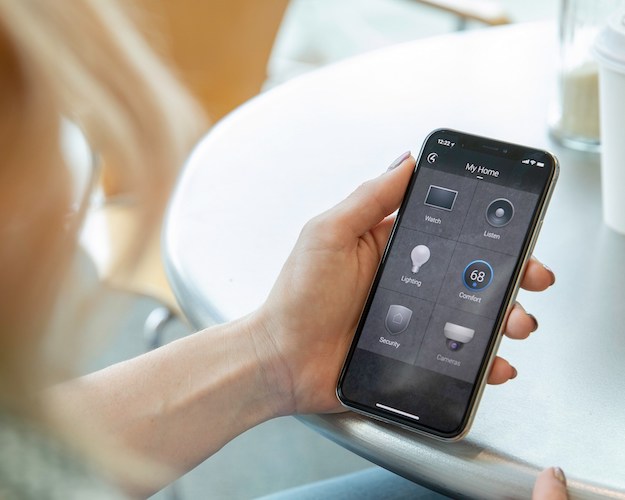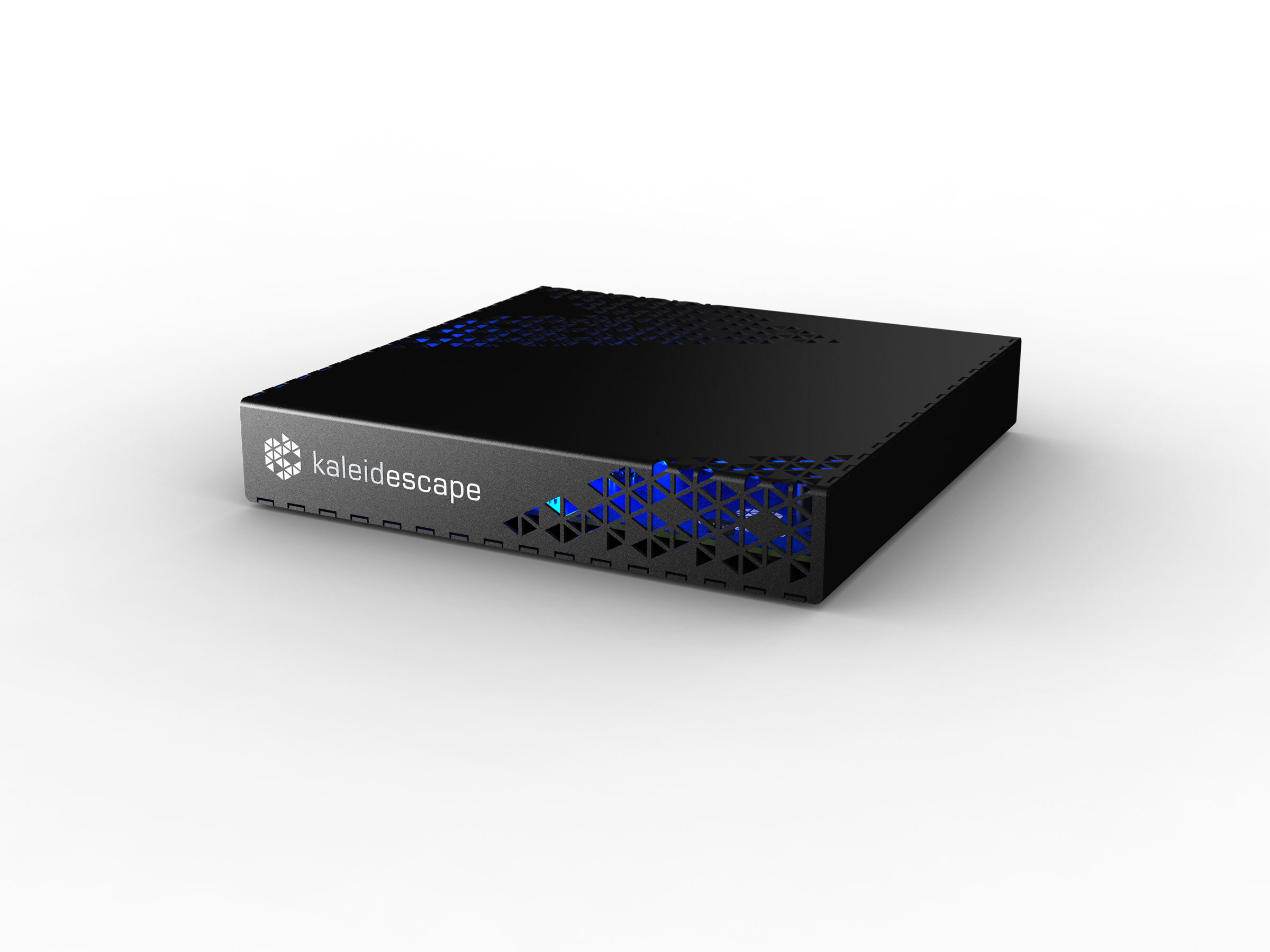Smart home technology interest is on the rise, but there are still a lot of misconceptions that can be easily dispelled.
According to a recent report from the NPD Group, 50 percent of U.S. consumers now own at least one smart home device. That’s a 35-percent jump from just one year ago, proving the demand for smart home products is red hot.
Related: Smart Homes Experience Rise in Long-Range, Low-Power Technology
Let’s address five of the most common smart home myths.
Myth #1 – Smart Home Technology is Only for High-End Homes
Smart home technology does not mean exclusive (or expensive, but we’ll get to that). Smart homes should add convenience, form, and function to the very place where we are spending more and more time in than ever before. The reality is that smart home technology is something everyone has access to and the majority of people can afford it. Consider starting with a single device – such as a smart bulb or smart plug – and see how it works for you. These devices are a great step to “dip your toe” into the smart home world.
Once they get going, most folks end up expanding their use of smart home products throughout their house and are surprised to find there are affordable, functional options that fit their budget. Smart home devices end up feeling more like a commodity product, equivalent to the light switch, electrical outlet, or power cord.
Myth #2 – My Family Won’t Use the Devices, and They’ll Complain About the Aesthetics
I often hear this as the very first objection to smart home technology: “I don’t need gadgets and, besides, no one in my family will use them.” Before they have had the opportunity to test out smart home products, many people assume that there is no benefit for the average person or that these gadgets will get in the way of the overall aesthetic of the house. They couldn’t be more wrong.
Look for smart home products that don’t change how the existing switches work, which in turn means you don’t have to ask family members to change how they interact with them.
There are also great options available on the market that combine form and function. For example, you pick the hardware first and then select the relay.
Myth #3 – You Get What You Pay For: Low Cost = Low Quality
The biggest knock I hear about low-cost smart home technology is that it consists of cheap, poorly made offerings manufactured overseas that at best will fail and at worse will maybe burn down your house. UL certified products help to avoid those concerns as they go through a rigorous testing process that verifies to consumers that the devices are both functional and safe to use in their homes.
Myth #4 – A Versatile Smart Home Technology Means a Complicated Install
Exactly the opposite.
A versatile smart home technology product is one that allows the installer to use a single device in multiple applications. The ideal form factor is a relay. With a well-designed connected relay, the installer is able to become familiar with one product or a small group of products and leverage that knowledge in any use case.
If a relay is able to control both AC and DC circuits, in a range of voltages, then it becomes very simple to use one versatile product in many ways. This form factor allows the same product to control light switches, ceiling fans, pumps, contractors, appliances, electrical outlets, and more – all using the same wiring method.
Myth #5 – If It’s Wi-Fi Enabled, Then It Must Have Security
Wi-Fi is not the security concern; cloud connections are. A locally controlled Wi-Fi device is as safe as any Zigbee or Z-Wave product. Your service provider’s cloud connection, however, is the weak link in a chain. What’s more, the greatest security risk is that your personal information will be compromised in a data breach, rather than your home network’s security.
Look for smart home technology with full local control and the ability to enable or disable cloud access. Make sure that the cloud service does not require or retain any personalized information. And for even more security, choose products that adhere to the strict requirements of Europe’s GDPR to ensure your privacy.








